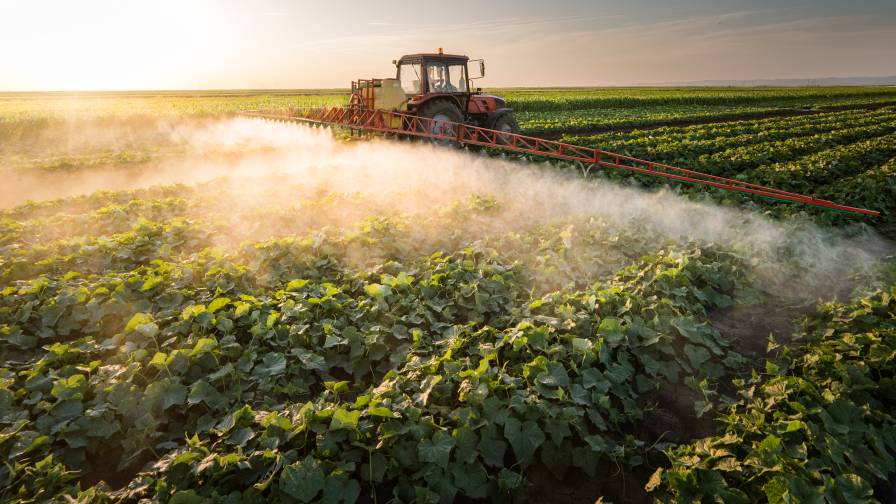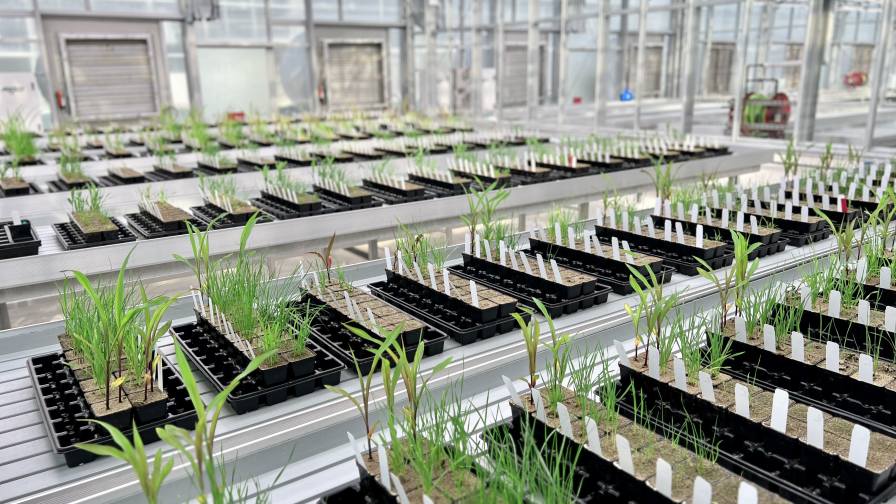Top 3 Tips for Formulators: How to Maximize Crop Protection Performance with Specialty Additives
Formulating high-performance, stable, and sustainable crop protection products requires both technical insight and strategic ingredient selection. Dr. Ruifei Wang, Scientist, R&D Agriculture and Food at Nouryon, shares pointers for formulators looking to improve product outcomes using specialty additives.
From understanding your active ingredients to leveraging innovative chemistries and staying ahead of regulatory and sustainability trends, these expert insights offer a practical roadmap to developing next-generation agricultural formulations. Here are Wang’s top three tips:

Dr. Ruifei Wang, Nouryon
1. Understand your active ingredients
“When developing crop protection formulations, several critical factors must be considered to ensure product effectiveness and stability,” says Wang. “The solubility, stability, and application method of active ingredients play a central role in determining the most suitable formulation type, which directly impacts the product’s performance.
Wang continues, “To create and maintain a stable formulation, it is essential to incorporate specialty additives that provide key functionalities such as solubilization, dispersion, and emulsification. Additionally, understanding the mode of action (MoA) of active ingredients is vital. Using tailored specialty adjuvants—either built into the formulation or added at the tank side—can significantly improve the delivery and efficacy of active ingredients while helping to reduce unintended environmental effects.”
2. Understand the drivers for formulation stability
“Formulating effective crop protection products involves carefully blending diverse materials and components, with product stability hinging on the balanced interaction of these elements,” says Wang. “To ensure long-term stability, formulators rely on specialty additives such as surfactants, polymers, and solvents. Leveraging versatile chemistries can significantly improve the success rate of formulation development—products like the Morwet® line, which features alkylnaphthalene sulfonates, provide strong wetting and dispersing properties critical for performance. For dispersion systems such as suspension concentrates (SCs) and emulsions, both electrostatic stabilization using anionic surfactants and steric stabilization through polymers are essential techniques for achieving and maintaining a stable, effective formulation.”
3. Look out for sustainability and registrability benefits that specialty additives can provide
“Innovations in specialty additives are enabling the development of more efficient and sustainable crop protection formulations. One key advancement is the shift from traditional solvents to novel green solvents, which can improve the environmental profile of products without compromising performance,” says Wang. “At the same time, regulatory compliance remains a cornerstone of successful formulation development. A thorough assessment of ingredient registrability is essential before moving forward with large-scale production. As the industry evolves, staying informed on emerging trends—such as the impact of precision agriculture, low-volume application technologies, and regulatory pressures like the demand for microplastic-free solutions in rainfastness, seed treatment, and encapsulation—is critical for staying competitive and compliant.”






